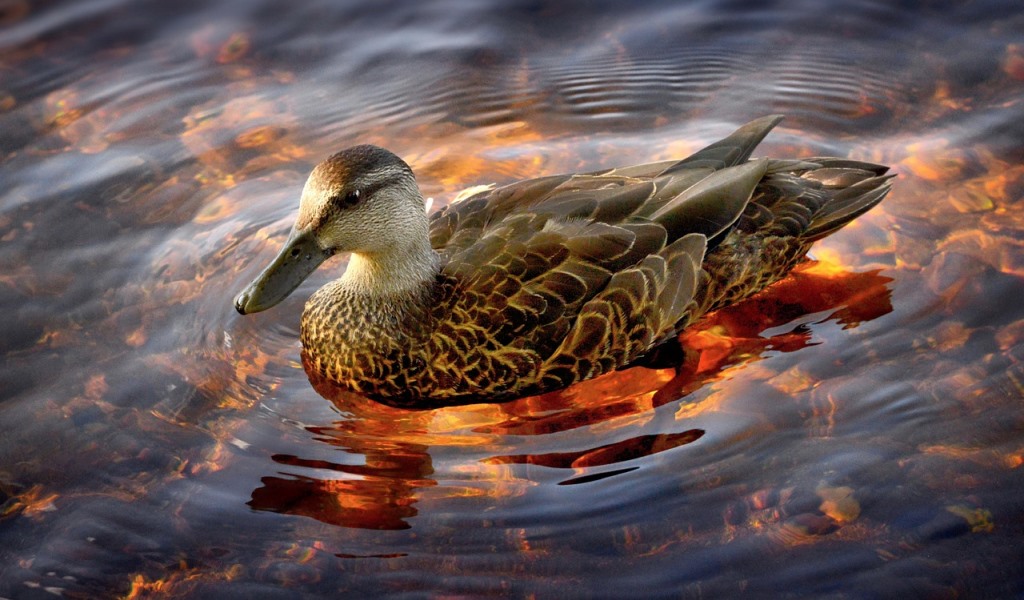In order to restore our planet’s ecosystems, we first need to understand them better.
A new way of defining ecosystems has been launched, which will help refine plans to regenerate the world’s biodiversity.
Several years in development by dozens of scientists from all over the world, the new Global Typology of Ecosystems provides a key step towards characterizing the true diversity of life on Earth at its largest scale.
ABSTRACT:
As the United Nations develops a post-2020 global biodiversity framework for the Convention on Biological Diversity, attention is focusing on how new goals and targets for ecosystem conservation might serve its vision of ‘living in harmony with nature.
Advancing dual imperatives to conserve biodiversity and sustain ecosystem services requires reliable and resilient generalizations and predictions about ecosystem responses to environmental change and management.
Ecosystems vary in their biota, service provision and relative exposure to risks, yet there is no globally consistent classification of ecosystems that reflects functional responses to change and management. This hampers progress on developing conservation targets and sustainability goals.
Here we present the International Union for Conservation of Nature (IUCN) Global Ecosystem Typology, a conceptually robust, scalable, spatially explicit approach for generalizations and predictions about functions, biota, risks and management remedies across the entire biosphere.
The outcome of a major cross-disciplinary collaboration, this novel framework places all of Earth’s ecosystems into a unifying theoretical context to guide the transformation of ecosystem policy and management from global to local scales.
This new information infrastructure will support knowledge transfer for ecosystem-specific management and restoration, globally standardized ecosystem risk assessments, natural capital accounting and progress on the post-2020 global biodiversity framework.
Photo of black duck by Alain Audet from Pixabay.

